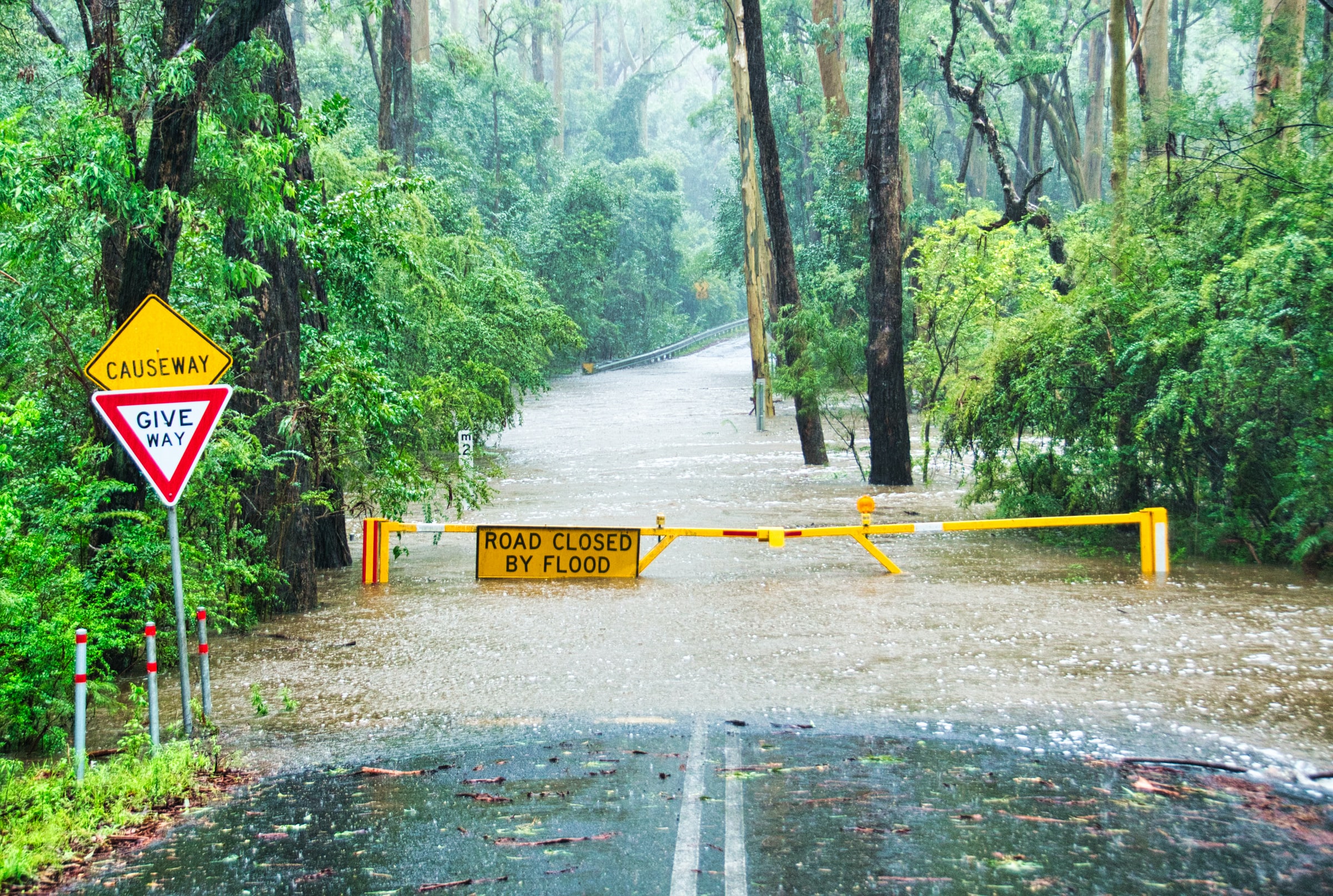The extreme flooding in early March 2022 badly impacted communities north and south of Brisbane and around Sydney. During that same period in March, Melbourne was relatively dry, with rainfall totalling only 34mm.
In the years just preceding those floods, Australia suffered droughts and fires. Federal and state government politicians are now being forced to face the impacts of climate change, and adjust policy.
As a result of the roller coaster of extreme weather events, the author and colleagues analysed the competition between irrigators and domestic users of water in both Australia and New Zealand. While some have tried to explain the Murray-Darling irrigation complexities, our journal article (published in 2021) offered some solutions. In particular, we called for water taxes.
Our article uses three case studies to examine the issues of water scarcity, quality and sustainability arising from irrigation schemes for agriculture; and suggests a role for tax policy to address the issues. The three case studies focus on irrigation conflicts in the Murray Darling Basin in mainland Australia, the Australian island state of Tasmania, and the Canterbury region in the South Island of New Zealand.
Background
The Murray-Darling Basin is a region of intense competition for limited water. For most of the time since European settlement, irrigators have been able to draw water from the rivers in the basin for the purpose of economic development, but decades of over-extraction have deteriorated the environment.
Tasmania’s eastern part of the state has been subject to long-term drought that has resulted in pressure for access to water from rivers and lakes. This state of affairs has been compounded by the recent growth in irrigation projects, demand from the hydroelectric industry and greater needs for domestic consumption. Water sustainability is an environmental issue, but the Tasmanian government’s 2021 rural water use strategy could go further in addressing these competing demands.
The Canterbury region has the largest water resource in New Zealand, together with the highest water use. Around 70% of the country’s irrigated land is in this region, where several issues impact on water quality. Agriculture has the most significant impact. Issues such as intensive farming, pesticides and poor irrigation data all contribute to water quality degradation.
Approach
Our central question was ‘can taxes be used as tools to facilitate the addressing of water scarcity, quality and sustainability?’
We first considered the literature on water taxes. It showed that the objectives of water taxes are threefold. First, a water tax may have a financial objective, to recover the capital and operational costs of supply. Second, a tax may have an economic objective, to encourage water conservation. Third, a tax may have an environmental objective, to improve water quality or control for scarcity by encouraging behavioural changes that would reduce consumption or pollution. We chose to examine the potential for a water tax to address the second and third objectives.
The literature indicated economic incentives will have greater impact when used with other, complementary, tools. An optimal water policy mix should include various instruments from both the supply and demand sides. Thus, there is also a need for strong regulatory and institutional structures to support these economic incentives.
We prepared the case studies as separate narratives. We first applied the water tax’s economic objective; that is, to encourage efficient allocation of water to its highest value use. We then extended the focus to its environmental objective, namely to encourage behavioural change to lead to reductions in consumption and pollution. Although each case study has unique settings, we argued that water taxes could resolve common issues surrounding scarcity, quality and sustainability, and outlined a broad tax design. All tax suggestions from the case studies differed, but they drew from the same body of literature and the water tax principles and concepts.
Findings
The Murray-Darling Basin case study showed that recent policies adopted to improve the general sustainability of the basin – involving expanding water markets and associated property rights for water entitlements – included buybacks of irrigators’ water entitlements and allocations. These two policies have failed to improve the Murray-Darling Basin environment. We proposed a Pigouvian tax on water as an additional instrument to further reform the Murray-Darling Basin water market and to address environmental damage of water overuse. The introduction of a water tax in the area could potentially achieve positive environmental outcomes where other policies have failed.
For Tasmania, the use of a direct tax levied on the water entitlement holders may provide a means to address water scarcity and encourage sustainable irrigation industry practices. The tax base could either be volumetric water usage or ad valorem, or a progressive tax rate structure for the excess charge to discourage wastage or water hoarding. The revenue raised from a water tax could in turn be utilised to incentivise the uptake of technology mechanisms to address water scarcity and sustainability.
The Canterbury case study led us to consider a water tax to better align incentives for water allocation and achieve better water quality. Much like the suggestion for the Murray-Darling Basin, a Pigouvian tax on water, could be used in the absence of a pricing mechanism for water in New Zealand to address the externalities of water use.
Overall, we concluded from the case studies that an appropriately designed water tax can lead to reductions in water use, improvements in water quality and a general improvement in the environment for the relevant regions. The variations of water tax designs for each region were broad, since numerous factors, including economic modelling, will require further consideration to determine an optimal tax policy that can be administered by an appropriate body.
Further reading
Lisa Marriott, Diane Kraal, Rob Whait and Jagdeep Singh-Ladhar, (2021) ‘Tax as a Solution for Irrigation Water Scarcity, Quality and Sustainability: Case studies in Australia and New Zealand,’ Australian Tax Forum, 36(3): 369-402.





This is not true of the ACT. Our water price has gone from 47 cents per kl to $4.99 since about 1989. Our beautiful garden has been ruined by water restrictions. Urban water users pay a lot more than farmers. It is hardly a sensible market and marginal cost pricing has been displaced by monopoly rent collection, regardless of excess burden.